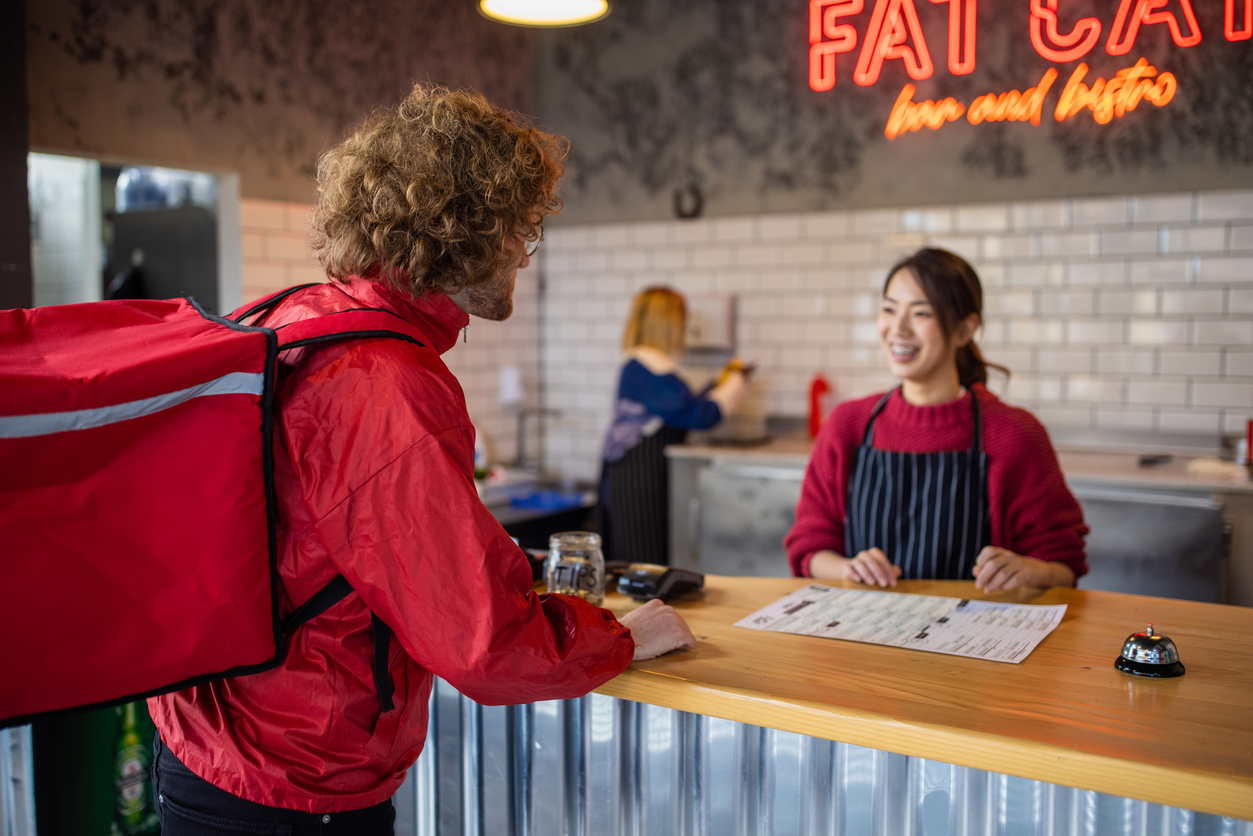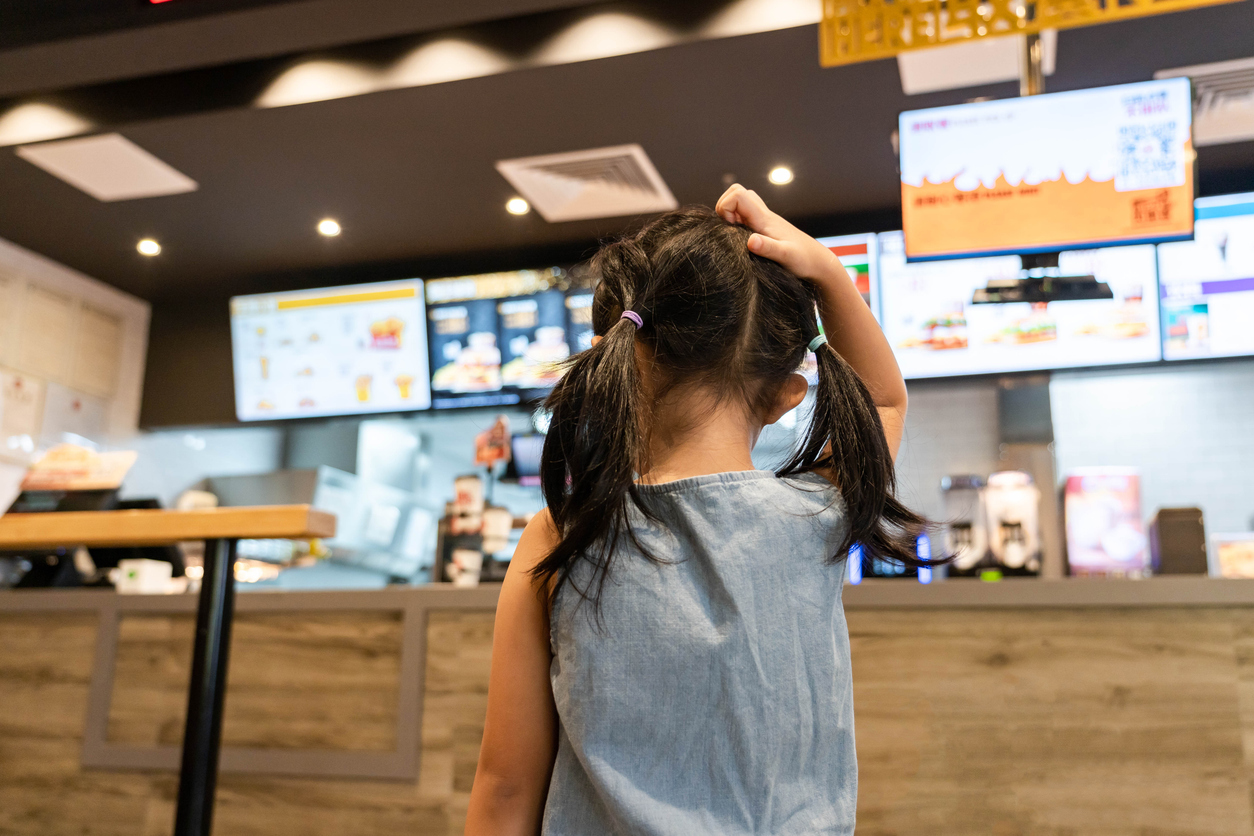POS transactions are the connective tissue for restaurant owners and are vital to streamlining sales and inventory management processes. In restaurants and other food businesses, POS transactions refer to the exchange of goods or services for payment at the point where the sale occurs—typically at the checkout counter or register. This system helps business owners keep track of sales, manage inventory, and generate sales reports efficiently.
What Is A POS Transaction?
A POS transaction, or Point of Sale transaction, involves various components such as the cardholder, merchant, payment processor, and issuing bank. When a transaction occurs, the cardholder initiates the process by presenting their payment method, which could be a credit or debit card. The merchant then processes the transaction using a POS system, which communicates with the payment processor to verify the transaction details. Finally, the issuing bank approves or denies the transaction based on available funds or credit limits. This seamless process ensures smooth transactions for merchants and consumers.
How Do POS Transactions Work?
In the realm of food delivery platforms or restaurants, POS transactions begin when a customer places an order. The system authorizes the payment, ensuring security measures are in place. Issues like declined cards may arise, but emerging trends, like contactless payments, are shaping modern commerce positively.
Initiation Of Transactions
In online transactions within food delivery platforms, customers initiate transactions by selecting their desired items and proceeding to checkout. They provide payment information, such as credit card details or digital wallets. Security measures, like encryption and tokenization, safeguard sensitive data, ensuring transaction authenticity. This helps prevent fraud and unauthorized access. Customers can choose from various payment types, including credit cards, debit cards, or alternative payment methods.
Authorization
On food delivery platforms, transaction validity and fund availability are verified during authorization. When a sale transaction is initiated at the cash register, the system checks if the transaction amount falls within predefined limits and assesses for any signs of potential fraud. It also verifies if the customer has sufficient funds available for their chosen payment method. These criteria help ensure the authenticity of transactions and minimize the risk of fraudulent activity.
Settlement
In restaurants or food delivery platforms, settlement involves finalizing transactions and transferring funds. Once a transaction is authorized, the payment is processed, and funds are transferred from the customer's account to the merchant's account. Settlement timelines vary but typically occur within a few business days. Associated fees or charges may apply, such as transaction processing fees. A receipt printer generates a receipt for the customer as proof of the transaction.
Role Of Various Parties Involved
In the food delivery business or restaurants, merchants manage the sale of goods or services to customers. Customers initiate transactions by placing orders and providing payment. Payment processors facilitate the authorization and processing of transactions between merchants and banks. Banks verify the availability of funds and approve transactions. Throughout the transaction lifecycle, merchants interact with customers, payment processors, and banks to ensure smooth and secure payment processing.
Types Of POS Transactions
In restaurants or cafes, common types of POS transactions include sales transactions for purchases made by customers, refunds for returning items, voids for canceling transactions, and tip adjustments for adding a gratuity. Each transaction type serves a specific purpose in facilitating purchases and managing payments effectively. The different types of POS transactions include:
Debit Card Transactions
Debit card transactions are common across various businesses, directly deducting funds from the cardholder's bank account and requiring a Personal Identification Number (PIN) for authorization. In food-related businesses or eateries, debit transactions offer convenience for customers, allowing them to pay for meals directly from their bank accounts. This method ensures quick and secure payments, enhancing the overall dining experience for patrons.
Credit Card Transactions
Credit card transactions, found across various businesses, utilize a line of credit provided by the card issuer, offering flexibility in payment options. Customers can make purchases using credit cards and settle their balances at a later date. However, outstanding balances may accrue interest over time. In food-related businesses or eateries, credit card transactions are commonly accepted at checkout counters, providing customers with convenient payment options for their meals and purchases.
Mobile Payment Transactions
Mobile payment transactions utilize methods like Near Field Communication (NFC), mobile wallet apps, or QR code scanning for secure transactions. These options are popular in cafes, restaurants, or most other businesses, enabling customers to settle their orders quickly. This enhances the overall dining experience by providing an efficient payment method. When debating the effectiveness of QR codes, consider how they could streamline transactions and offer more convenience.
Contactless Payment Transactions
Contactless payment transactions facilitate secure payments on food delivery platforms or businesses. Customers can simply tap or wave their cards or mobile devices near the terminal to complete the sales transaction. This method utilizes RFID or NFC technology, allowing for wireless communication between the card or device and the terminal. What Is A POS Transaction & How Does It Work?
Role Of Various Parties Involved
In various businesses, including restaurants, merchants manage the sale of goods or services to customers. Customers initiate transactions by selecting items and providing payment. Payment processors facilitate the authorization and processing of transactions between merchants and banks. Banks verify fund availability and approve transactions. Throughout the transaction lifecycle, merchants interact with customers, payment processors, and banks to ensure smooth and secure payment processing, enhancing overall business operations.
Advantages Of POS Transactions
POS transactions offer numerous benefits for consumers, restaurants, and food delivery platforms. They make it easy to process payments, speed up the checkout process, ensure the security of transactions, and facilitate efficient record-keeping for business management. Other advantages include:
Convenience For Consumers
POS transactions provide convenience to consumers ordering food by offering multiple payment methods such as credit/debit cards, mobile wallets, or contactless payments. POS terminals are easily accessible, allowing customers to make purchases quickly. The ease of use and availability of payment options enhance the dining experience, making it convenient for consumers to pay however they choose.
Faster Transactions
POS transactions streamline the payment process within the food industry, reducing wait times for consumers. POS systems efficiently process payments, especially during peak hours, enhancing the overall customer experience. With streamlined checkout processes, customers can quickly pay for their orders, minimizing queues and ensuring prompt service. This efficiency not only benefits customers by reducing wait times but also allows businesses to serve more customers effectively, ultimately improving customer satisfaction.
Enhanced Security Features
Security features in POS systems within the food industry ensure consumer financial information remains protected. These measures include encryption technology, tokenization, and EMV chip cards. Encryption secures data during transmission, while tokenization replaces card details with unique tokens. EMV chip cards generate dynamic authentication codes, enhancing security. These measures prevent fraud and unauthorized access, bolstering consumer confidence in ordering from food delivery platforms or restaurants.
Detailed Transaction Records
POS transactions generate detailed records for each purchase of food items, including itemized receipts, timestamps, and payment methods. These records benefit consumers and food businesses by facilitating easier tracking of expenses, simplifying returns or exchanges, and improving budgeting. With accurate transaction records readily available, consumers can monitor their spending habits effectively, while businesses can analyze sales data to make informed decisions and optimize operations.
How Can Restaurants Receive POS Transactions?
Merchants and restaurant business owners can receive POS transactions through various methods tailored to their setup and preferences. These include card payments, where customers swipe or insert their debit or credit cards at POS terminals. Mobile payments utilize smartphones or wearable devices with NFC technology. Online payments are processed through secure payment gateways on websites or mobile apps. Additionally, merchants accept cash transactions or checks, providing flexibility to accommodate diverse payment preferences.
Utilizing POS Transactions In Your Restaurant
To connect your POS to digital channels, you need a platform that offers scalable first-party ordering, guest engagement solutions, and seamless integrations with third-party platforms. Checkmate can help support your business with robust analytics and reporting tools that manage revenue while optimizing operations. Check out our solutions or reach out to see how we can help streamline your operations and boost revenue.





